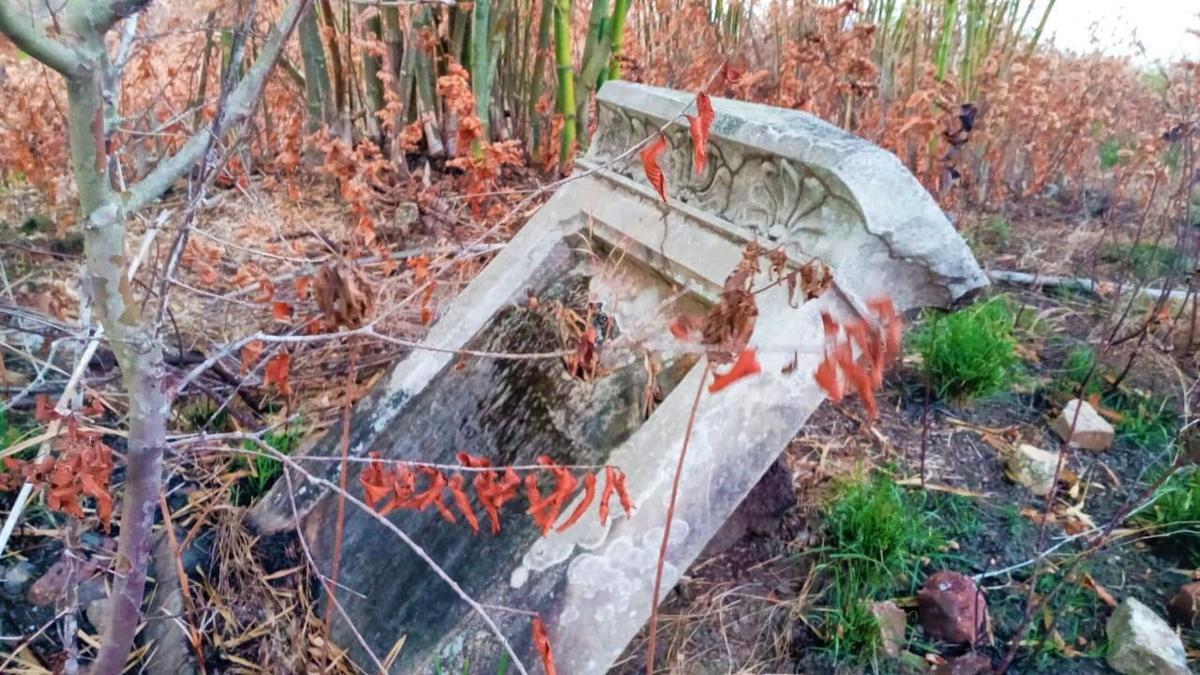 IF you were born in the community of Garth Road, Princes Town, you probably have heard about the “white man” tomb on Dragon Hill. But you also knew to keep far from it, given the number of jumbies, lagahoos and assorted local ghosts the old folks said were floating around up there, just waiting to follow you home. The hill also had the respect of the cane farmers who ploughed and planted the land, but who left untouched the gravesite in that bamboo grove. And for this we are thankful because it preserved a place that has opened the door to a lost piece of this island’s past. The tomb of concrete, marble, firebricks, and cast iron railing, we discovered, was erected there by Henry Stewart to mark the burial spot of his young wife and two infant children, who all died between 1842 and 1844. Stewart was a resident planter and slaveowner who, when Emancipation was proclaimed in 1834, continued his sugar business using the labour of the indentured Indian immigrants at least until the 1850s when he passes out of the historical records. How Stewart and his doomed family came to live and die in the south Naparimas of Trinidad is a story that time had erased, it appears. Secrets to share But Dragon Hill has other secrets to share, and one of it we found, by accident, mere metres from the Stewart family’s tomb. Hidden behind a tangle of bamboo and reaching through a carpet of dried leaves were broken slabs of blackened stone bearing the name “Jane”. She has been there for almost 200 years. This is why. It starts in the slave labour cotton plantations of North Carolina, USA, in the 1770s during the American Revolutionary War as the patriots fought the British to win their independence from the Crown, while also battling the Loyalists—the Americans who remained faithful to the British Empire. Among those who stayed faithful to King George III was the Williams’ family, who rounded up their slaves and moved to Florida until it became a Spanish territory. So they would move on to the British-owned islands of the Bahamas (north of Cuba) where the Williams brothers were granted lands to start a plantation on an island known as Watlings (now San Salvador). Here, one of the brothers, Burton Williams, amassed more than 300 slaves by the early 1800s. But according to the historical records, Williams claimed that his cotton fields were not prospering in the lean soil of the island, and he couldn’t afford to feed or clothe them for much longer. So in 1821, Williams was granted land in British-owned Trinidad which was then offering inducements to planters to relocate to this island and develop its plantation economy. And over a period of two years, the cargo of 324 human livestock would be shipped across the West Indies by Williams. Our ancestors would have arrived, no doubt, off San Fernando and be marched miles inland across mud roads made impassable during the rains, to their new place of misery. Williamsville, named for him Three estates were developed by Williams for his sons, including Picton (near present day Debe) and Cupar Grange (near Victoria Village, San Fernando). The largest one (300 acres) he named in his honour—Williamsville—which bordered the estate of Garth, south of what is now Princes Town. This area of Savanna Grande, in the fertile south Naparimas, is where Williams settled, building his plantation mansion on a hilltop and overseeing the clearing of the woodland for the planting of sugarcane, and for a cattle farm. Some evidence of this is still found by farmers tilling the surrounding land—bricks, broken pottery, coins and rusted metal of early buildings and sugar works. Evidence of the lives of the Williams’ slaves was also preserved in the records of the British and documented by researchers who found that in Trinidad, they suffered ailments, a poorer diet, lower birth rates and broken family life on a scale much higher than when they lived on their Bahamas island prison. Some of these slaves would be returned to the Bahamas. Of those who remained, some survived to see Emancipation, allowing them to walk off the plantations and start their own settlements (one given the name Hard Bargain after two such settlements in the Bahamas). As for Burton Williams, history records him as living a remarkably long life for the time, but suffering an ultimately miserable demise. As part of the British Empire’s Emancipation compensation to the slaveowners for the loss of their assets, he was paid 851 pounds, eight shillings and one pence for the 80 slaves he owned in the Bahamas. One of his sons, Sir Edward Eyre Williams, ended up becoming a celebrated high court judge in Australia after collecting his Trinidad slave money. Another ended up in a “lunatic asylum” in Kensington, London, so someone else had to claim his share of the spoils, according to the records. As for old man Burton, his Williamsville estate would be acquired by Henry Stewart, who of course would endure his own personal torment. And Burton Williams would return to Watling’s Island (San Salvador) in the Bahamas, never to see Trinidad again. Much has been written about this “Last Loyalist” in a book titled Homeward Bound, A History of the Bahamas Islands (Sandra Riley) where it is recorded, “Reduced from affluence to poverty, Burton Williams eventually outlived all his sons to die at age eighty-three at Watlings in July 1852”, and “Foreseeing that there might be no tools left with which to dig his own grave when he died, he had dug it ahead of time, one of the limestone ridge. His foresight was wise for when this once energetic and rich man died at an advanced age, a Negro servant who only needed to shovel away the light leaf mould from the waiting grave...”. The researchers also suggested that the wife of Burton Williams, whom he married in April 1797, was buried next to him in that grave in San Salvador, which has become a tourist attraction. They were likely wrong about that. What we found buried in the leaves on Dragon Hill is the shattered marble tombstone, sitting atop a bed of bricks, dating most likely to 1822. So we dug it out of the ground, and put the pieces together. The gravestone reads, “Sacred, in the memory of Jane, wife of Burton Williams Esq, died September aged 42”. If you know more about the Williams family, you can contact the writer at [email protected]. (April 20, 2022)
1 Comment
Today is my birthday! 28 today… Oups sorry 82!
I feel good and I thank god to have kept me strong all these years I miss you my fans all over the world and I think a lot about you, all the time. But don't worry next month you’ll get a taste of me with ‘Watina’ my first song of my new album FOREVER Stay strong be blessed enjoy life! Big bisous to all of you The place that gave the “Pitch Oil Tin” it’s name! - Mota Trace, Tabaquite, Central Trinidad.4/26/2022 Credit Jazad Ali.
In 1911, Alexander Duckham of Alexander Duckham & Co Ltd., London, UK was one of the pioneers of Trinidad Central Oilfields (TCO), Tabaquite, Trinidad. All that remains of the Trinidad Central Oilfields is the name on of the WASA installation - TCO BOOSTER. Deep in the forest at Mota Trace, are the rusted remains of the oil refinery built in 1914. Kerosene (also called 'pitch oil' since it was first distilled near the Pitch Lake) was made at the TCO Refinery - an important commodity since, there was no electric power on the island outside of Port of Spain. The kerosene was packaged at a small cannery next to the refinery and thus the commonly known "pitch-oil tin" came into being. (Source: Virtual Museum of T&T, april 20, 2022) Many who knew Desmond Waithe, 77, referred to him as “Uncle Desmond,” and so many mourned when news of his death was shared on Wednesday.
The noted steelband arranger, chorister, educator and University of Trinidad and Tobago (UTT) lecturer died on April 20 after a prolonged illness. He was awarded the Humming Bird Medal (silver) in 1993 for outstanding contribution to music in TT. He is also well-known for his work with the Marionettes Chorale. He was also the father of Melanie Waithe, head of Newsday's subediting department. Pan Trinbago issued a statement about Waithe’s passing, saying he was a musician, educator, conductor and arranger who made a significant contribution to the steelpan community and to TT’s culture. Pan Trinbago president Beverley Ramsey-Moore said in a phone interview on Wednesday that when she heard of his death on Wednesday morning she was shocked. “Especially in this time, when so many of our musicians and our leaders in the pan movement are going home to be with the Lord. I was really shocked we lost another great man. “We really want to express our condolences to his family, friends and Exodus steel orchestra. He was involved with Exodus and doing great work to build the orchestra.” Exodus manager Ainsworth Mohammed said he had lost more than a friend, but a brother. “Our relationship with Desmond started not just with Exodus, because we are all Tunapuna people.” He said Waithe was with Nutones before that, and 1987 was the first time he arranged for the band for Panorama, choosing This Party Is It by Christopher “Tambu” Herbert. “We were in the finals with that Panorama. Thereafter, he did classical music for us. "Desmond’s relationship with Exodus is more than that too. Desmond was the founder of Exocubs, our junior music school.” Mohammed recalled that Waithe was responsible for giving the music school its name. He said this came out of a session when the junior players were invited to play at an event in Connecticut, US. “He has always helped out. He grilled the band. "He is more than an arranger or music teacher for the band, he was more family. And so many of our people know him as Uncle Desmond and that sort of thing,” Mohammed said, becoming emotional. He added however the family wished for him to be honoured, the bandwould do so. “I have lost a friend and a brother. We grew up in Tunapuna, the families knew each other in Tunapuna. It was more than just the relationship with steelband and music. There was far more to it than it….it is more like a brother I have lost,” he said becoming emotional again. BP Renegades president Colin Greaves said Waithe worked with Renegades for many years as its classical music director, a position he took up in 2007. He said, in fact, Waithe took the band on multiple tours all over the world, including the largest classical music festival in France, La Folle Journee. “Under his stewardship at La Folle Journee, BP Renegades would have really acquired a world-class and world-renowned reputation for being leaders in classical music repertoires. “In addition to that, Mr Waithe was really a father figure in the band. So many of the players have been sharing stories about his involvement and influence on their lives, in terms of mentoring, advising them on what path they should take.” He said Waithe was also a stickler for discipline and a father figure in the band and pan community. “A couple of weeks or days before he passed – because we knew he was pretty ill – he was recently working with us up until December 2021, because we were preparing to go to La Folle Journee, but we had some issues with getting vaccination clearance documents and stuff,” Greaves said. Waithe made it known then that it would have been his last trip with the band. He said the band cherished the last couple of months it was able to spend with Waithe. He said Waithe's death is a huge loss to BP Renegades and the pan community. He added that Waithe expressed his final wishes to the band and in the coming days it will announce details of wakes in the panyard, among other plans. One of his best friends, veteran pierrot grenade Felix Edinborough, said he first met Waithe at Mausica Teachers’ College. Waithe taught him to play the cuatro then, he said, and they were both in the Mausica Teachers’ choir. After Mausica, Waithe formed a choir called Chaconia Singers and Edinborough was also a member. “Anytime he wanted a script – he would do little shows – I would be the one writing the script, organising and directing the shows for him,” he recalled. Waithe formed another choir after this called Stentor Choir and they also worked together there. “We did some tours together. For example, we went to Montserrat together with the group to do some shows,” he said. Edinborough said he and Waithe also worked together with late dancer Molly Ahye and toured the US and Canada with her. Waithe also worked on Best Village shows for Tunapuna and Edinborough for Petit Valley, but they “always collaborated because we were in Belmont together (Belmont Boys' Secondary School).” Waithe taught there for over 33 years. Edinborough said Waithe was like a brother to him and anytime he wanted to know more about music and the cuatro, Waithe would help him. “We were a good team together. We did one or two shows together at Queen’s Hall,” he said. Dr Mia Gormandy-Benjamin, assistant professor of music at UTT and artistic director of Trinidad All Stars Steel Orchestra – who worked with Waithe at UTT and who was also once his student – said Waithe was an icon and walking encyclopaedia. “If you met him, you surely would have heard a story or two about the history of calypso, pan, parang, or any other local style of music. He was also kind, generous, and a witty individual who cracked jokes very easily, which made everyone around him laugh heartily.” She added that he was a teacher, friend and colleague to many and his impact was clearly shown through the widespread response to his passing. “Today we shed tears of sadness, but also of joy for having had the opportunity to know this amazing and inspiring individual. We will forever remember him through the beautiful music he has written and the legacies of the many organisations he has impacted,” she said. Waithe leaves to mourn his wife Melissa Lynch Waithe, children Melanie, Jace, Marvin and Jordan and five grandchildren. (Source: Newsday, April 20, 2022) The St. Augustine Campus Community announces the appointment of Trinidad and Tobago born Dr Rhonda McEwen has been appointed president and vice-chancellor of Victoria University in the University of Toronto.
According to this release, Dr Rhonda McEwen begins her 5-year tenure on July 1, 2022. Details follow in this press release from the UWI: The St. Augustine Campus Community is celebrating the achievement of a daughter of the soil and an Honours graduate of their campus. Trinidad and Tobago born Dr Rhonda McEwen has been appointed president and vice-chancellor of Victoria University in the University of Toronto. She will be the 14th president and vice-chancellor of one of Canada’s oldest universities when her 5-year tenure begins on July 1, 2022. She completed her Bachelor of Science degree, with First Class Honours, in sociology and management at The University of West Indies, St. Augustine (UWI)and went on to obtain an MBA in IT from City, University of London, England; an MSc in Telecommunications from the University of Colorado; and a PhD in Information from University of Toronto. “Graduates of The University of the West Indies can be found across the world and at the highest levels in academia and the professions. Dr McEwen’s success at our Campus foretold the great things to come. On behalf of the St. Augustine Campus, I congratulate her on the latest in her many successes”, said Pro Vice-Chancellor and Principal Professor Brian Copeland. Dr. McEwen is Canada Research Chair in Tactile Interfaces, Communication and Cognition and a Professor of Emerging Media & Communication. She is currently Vice-Principal Academic and Dean at the University of Toronto Mississauga, and a faculty member at the Institute of Communication, Culture, Information, and Technology. Her particular areas of focus are Human-Machine Communication; Cognitive Effects of Media; Tactile Interfaces; Tablet Communication; Cognitive Informatics; Device Mediation; and Virtual Reality. (Source: T&T Guardian, April 12, 2022) Prior to kick off, T&T just needed a positive result from their final group game against Guyana and a late equalizer from Lauryn Hutchinson was just enough for Kenwyne Jones and his charges to win Group F and advance to the CONCACAF W Championship.
At the end of the first half, Trinidad and Tobago was trailing 1-0 but they were quickly back into it after Maria Frances-Serrant won a penalty kick one minute after the game’s restart. Tobagonian Asha James continued her fine scoring form when she confidently stepped up to score the equalizer and the first goal by a national women’s team at the Dwight Yorke Stadium. It seemed that T&T was in the driving seat until goalkeeper Kimika Forbes let in an extremely soft goal to give Guyana the lead in the 82nd minute which completely silenced the Dwight Yorke Stadium. Jones made a double substitute with about five minutes left, putting on Maya Matouk and Lauryn Hutchinson. The latter became the super sub as Hutchinson scored an equalizer in the 90th minute to ensure that Trinidad and Tobago has advanced to the Concacaf W Championship in Mexico. (Source: T&T Sport Diary, April 12, 2022) |
T&T news blogThe intent of this blog is to bring some news from home and other fun items. If you enjoy what you read, please leave us a comment.. Archives
May 2025
Categories
All
|
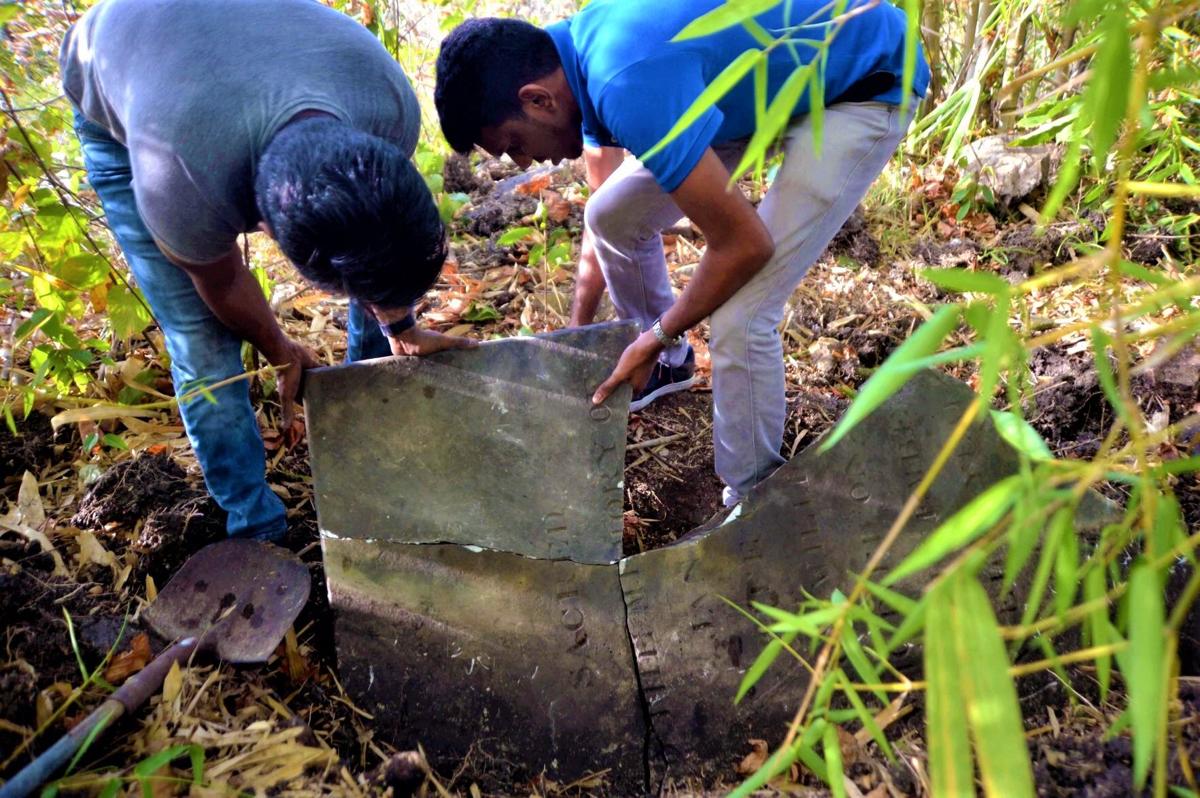
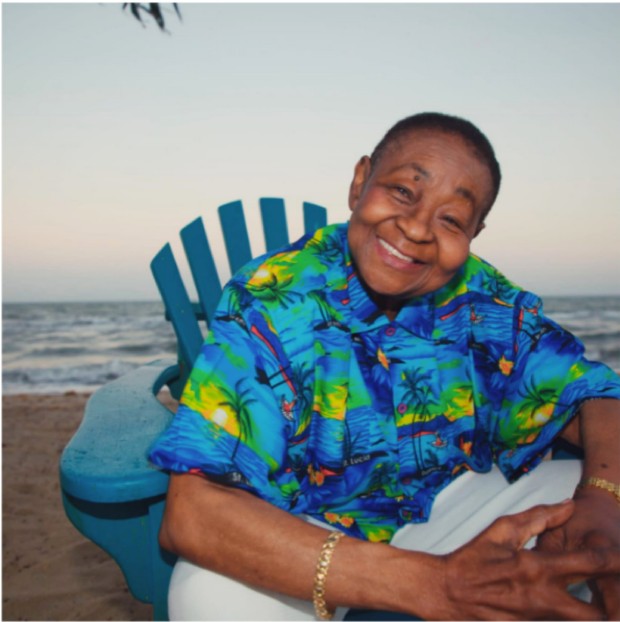
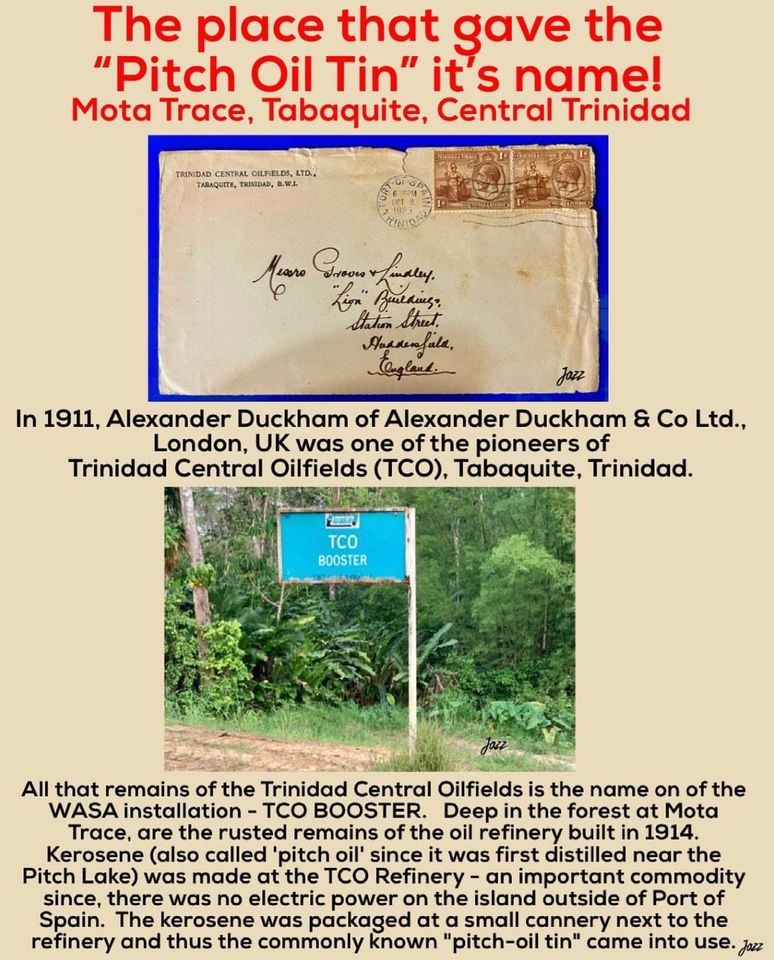

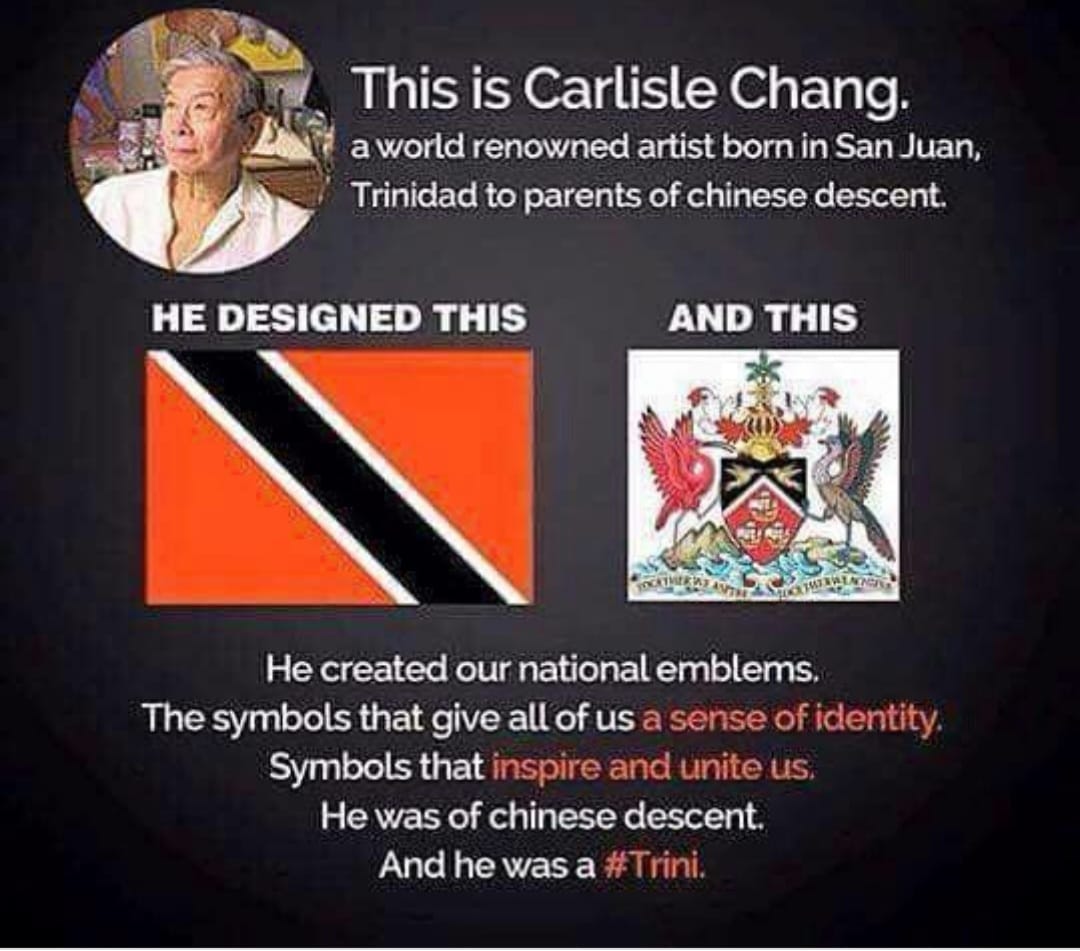



 RSS Feed
RSS Feed